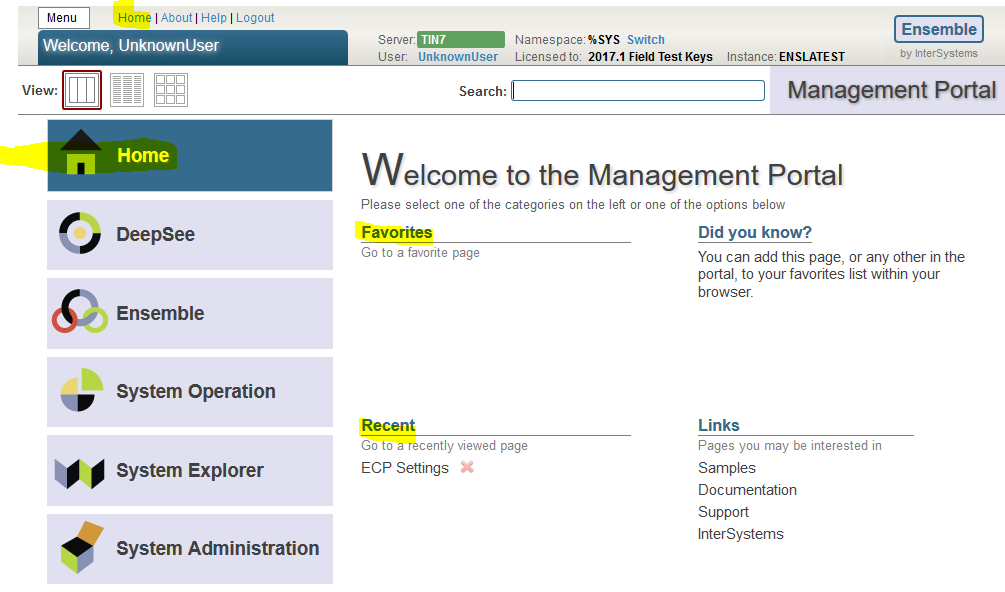By default, Analyzer executes queries as components are added. Often, there are times where you may know exactly what you are looking to do, and you do not want Analyzer to execute 5 queries as you drag and drop items onto rows/columns and select your filters. This is where toggling Auto-execute off can help.



